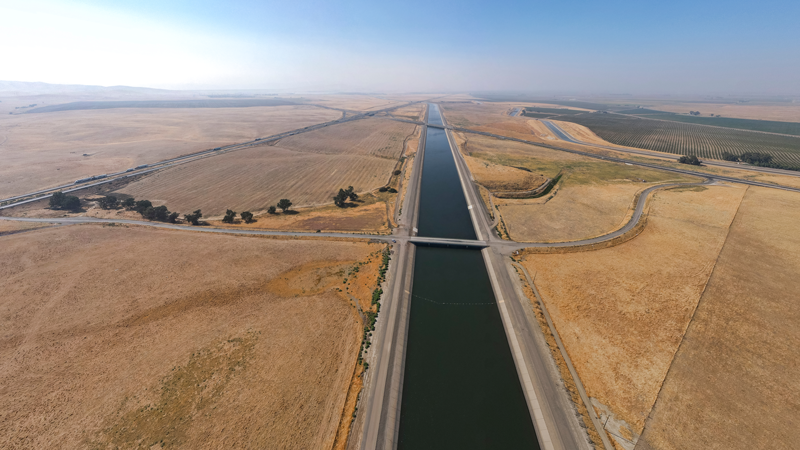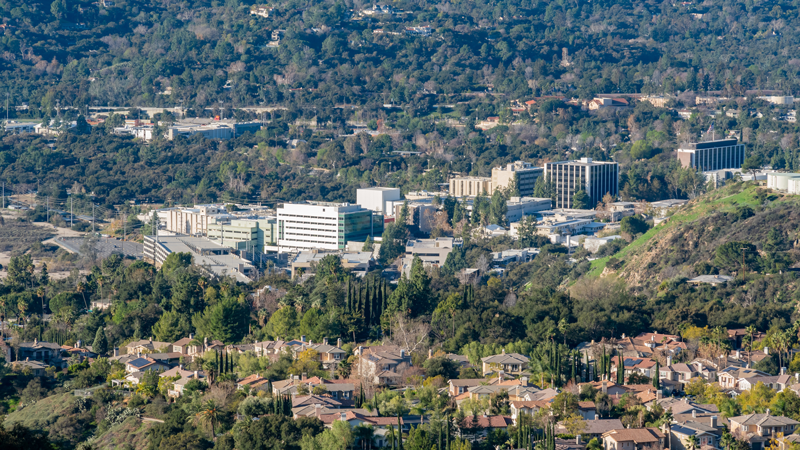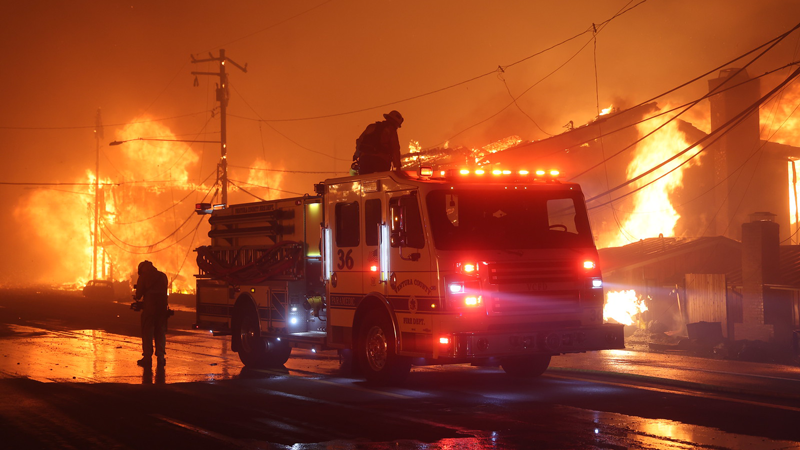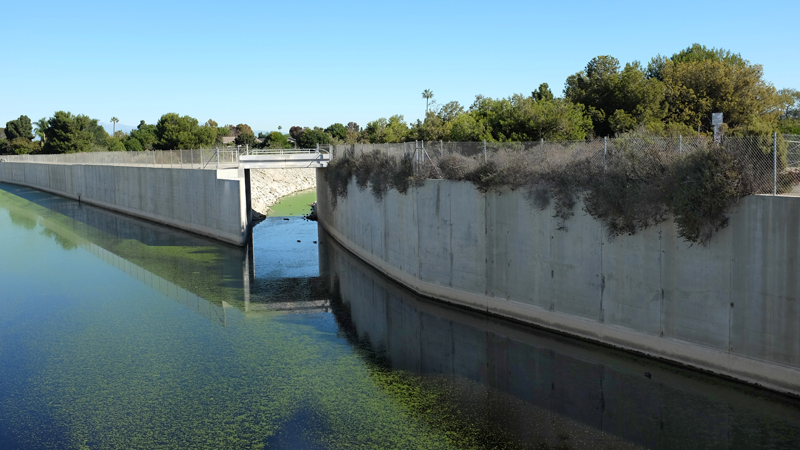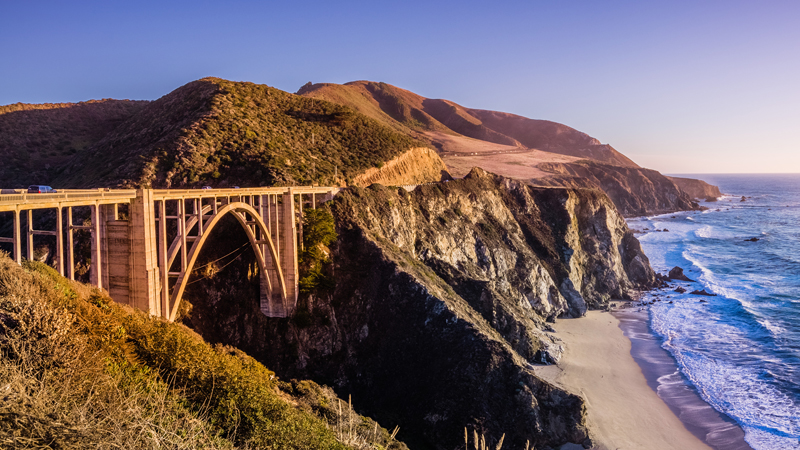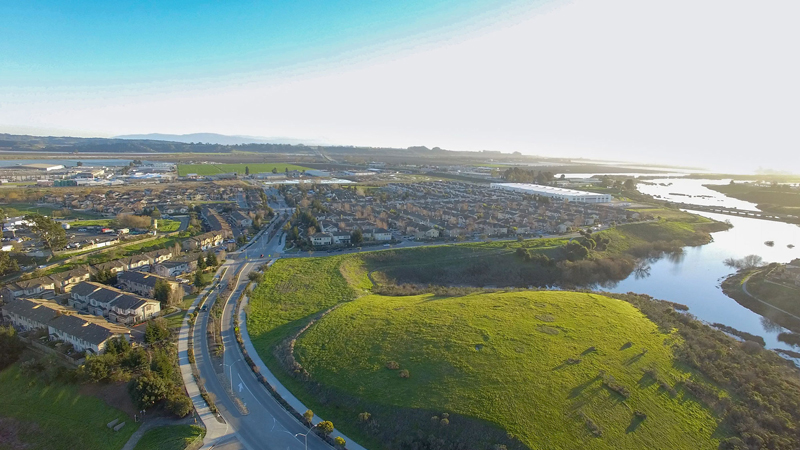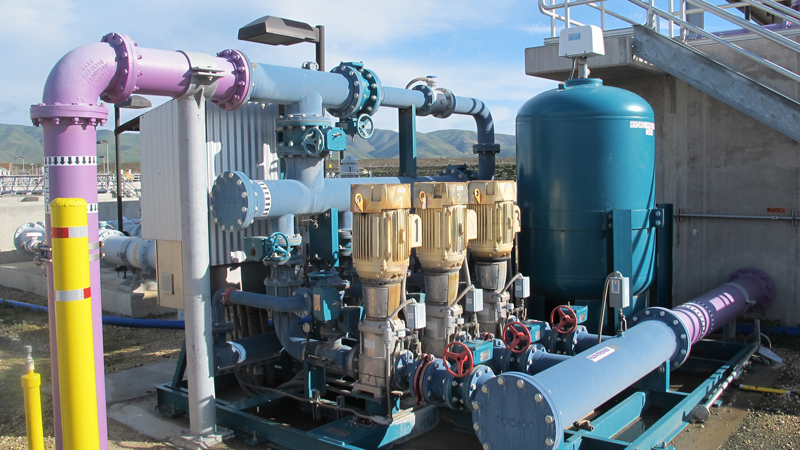4.0 minute read
February 17, 2022
As California prepares for its third dry year in a row, Mother Nature graced the state with a gift: December storms. As a result, the Department of Water Resources announced it is increasing the State Water Project allocation to 15% of requested supplies for 2022. This is a welcome change from the previous allocation, which would only have covered “critical health and safety needs” for the 29 water agencies that receive State Water Project supplies1.
Still, California remains in a severe dry patch. Reservoirs are low. From stormwater capture systems to wastewater purification, counties and municipalities across the state are struggling to fund solutions.
Here are answers to questions around how water agencies can more effectively pursue and obtain grants for their water projects.
What is the current state of water funding for California? What has changed?
The biggest change is that more money is available than we’ve seen in decades. The federal government is providing significant funding relief to states and local agencies. The Bipartisan Infrastructure Law, as well as the American Rescue Plan Act, provide billions of dollars for critical projects.
The same is true of the Governor’s proposed budget which earmarks billions of dollars in funding for a variety of areas, including climate adaptation, drought resilience, and sustainable communities programs.
From drought relief and groundwater recharge to urban greening efforts, we’re seeing an influx of new grant programs. We’re also seeing reinvestment in existing programs areas like water conservation, drought resilience, disadvantaged communities programs, and the WaterSMART Initiative. That’s all great news for California agencies!
How competitive will grants be in this environment?
We are definitely going to see a rush of applicants. Everyone applying for grants at the same time will intensify the competition. There’s a lot of money out there, but it’s finite. Also, cities and counties will have access to some funding not available to special water districts. That said, water and public works departments within cities will find themselves competing for attention against other city departments also seeking grant funding but from the non-water programs that are being heavily funded too.
What should municipal agency and utility leaders do now to increase their chances of receiving funding?
Many water projects were put on hold during the pandemic because of financial uncertainties. Agencies and utilities wisely took a wait-and-see approach. Now that funding is available, it will be tempting to apply to as many grants as possible, as fast as possible.
We recommend prioritizing projects by identifying the ones that already have an initial preliminary design, environmental review, and/or community support established.
Having projects with these initial steps started reassures funding agencies that your project can be completed within a grant period and will be able to provide benefits to the community right away.
The types of projects you pitch will make a difference as well.
At Harris, we recommend identifying projects with multiple community benefits, if possible, such as those addressing both water supply and water quality, projects that create or retain jobs, and those related to housing and climate solutions.
These projects tend to secure funding because there is greater yield for the investment. Well-designed “shovel-ready” projects are also attractive to funders because it’s clear you can hit the ground running and deliver results in a shorter timeframe. It’s also important that cities and water agencies don’t just pursue grants for their “un-funded” projects—most often those that have agency or department funds earmarked for them are those which will be most competitive.
Another approach water utilities should pursue is to create a regional program if neighboring utilities have similar needs rather than each utility preparing and submitting its own application.
When the guidelines permit it, grant funding agencies would much prefer to fund a single larger program rather than several smaller programs. This will surely be the case now as existing funding programs will be hard-pressed to manage the sheer volume of funds coming at them.
It's always a good idea for agencies to reach out to the state and federal agencies providing the grants. Find out what you can about what they’re looking for in recipients.
Finally, I’d also advise those seeking grants to get consulting help as far in advance of the application deadlines as possible. At Harris, we help agencies forecast grants and pre-position themselves so they are ready to go when the time comes.
Learn how Harris can help you improve your chances for receiving grant funds. Contact Harris' Senior Director of Water Consulting, Ann Hajnosz, PE, today.
1State of California, Department of Water Resources. 2022. December Storms Allow for Modest Increase in Planned State Water Project Deliveries. https://water.ca.gov/News/News-Releases/2022/Jan-21/December-Storms-Allow-for-Modest-Increase-in-Planned-State-Water-Project-Deliveries
Authors
Source
Harris & Associates
Markets
Water
Drinking Water
Stormwater
Wastewater
Water Reuse
Services
Water Consulting
Advisory Services
Risk + Resilience
Asset Management
Categories
Water Supply
Water Utilities
Grant Writing
Grant Funding

